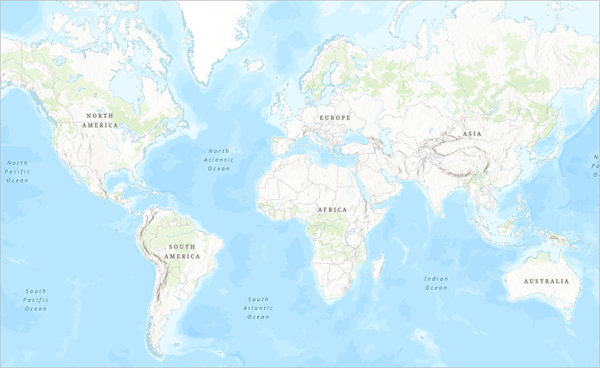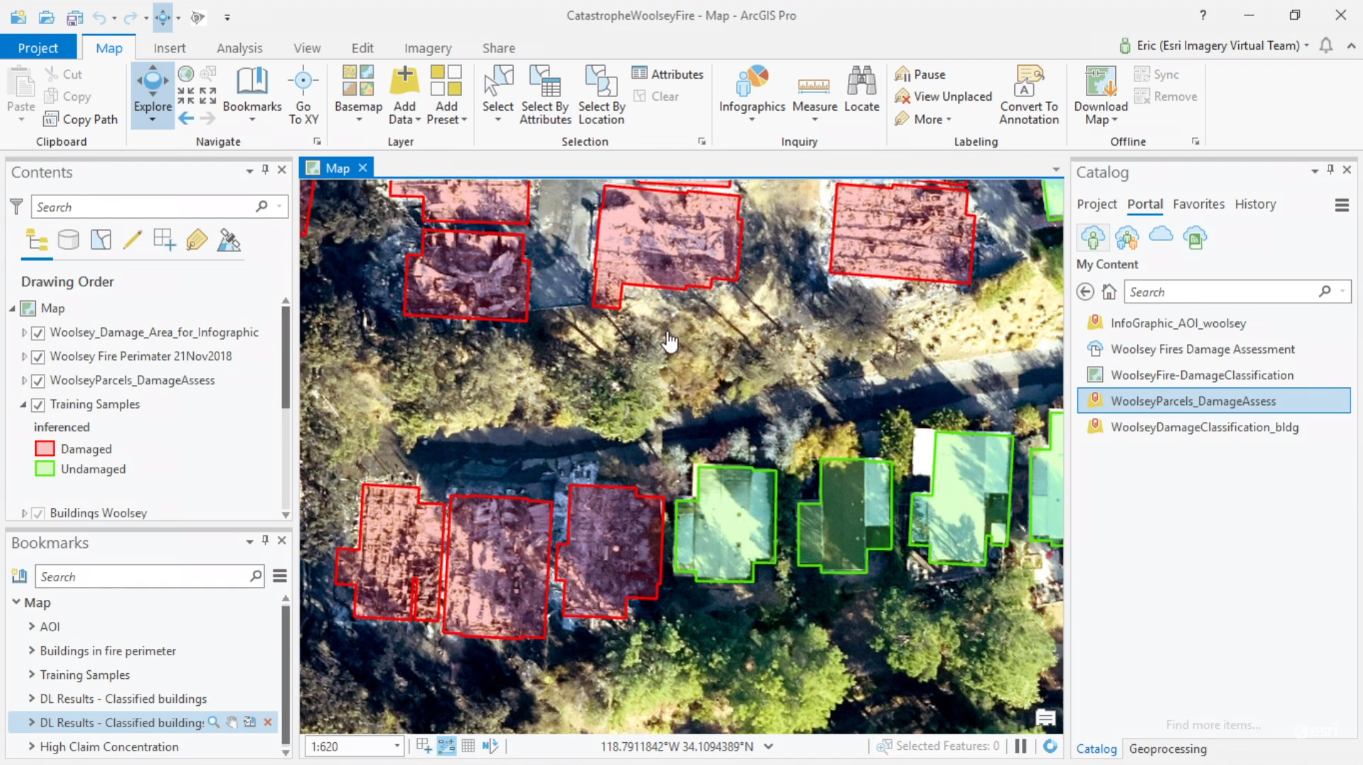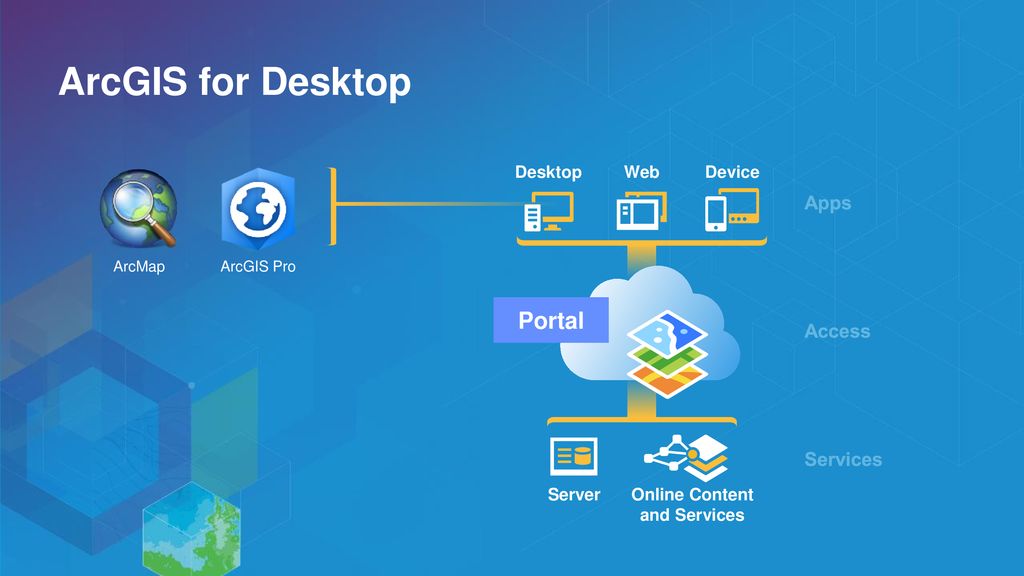


The SRC_DATE2 field gives the date of the imagery for that portion of the basemap. To see the metadata of a part of the basemap, use the Identify tool to click the map (make sure you are identifying from the World_Imagery layer by choosing it at the top of the Identify dialog box). Metadata explains when data was collected and by whom it was collected, among other things.

If you want to know the last time the basemap or the Deforested Area layer was updated, you can view the layer's metadata. In the Layer Properties dialog box, on the Display tab, change the Transparent setting to 50 percent.In the Table Of Contents, double-click the Deforested Area layer.To see both the layer and the basemap at the same time, you'll use transparency. Next, you'll compare the Deforested Area layer to the visible deforestation on the Imagery basemap.

But when widespread, massive areas are cleared in a small amount of time, it can drastically affect an ecosystem. In small amount, slash-and-burn agriculture can be sustainable. This agricultural technique has been practiced for centuries throughout the world, including the Amazon. The burned biomass serves as fertilizer for agriculture on the cleared land. In slash-and-burn-agriculture, small farmers cut and burn plots of forest to create fields. Typically, small strips of forest are deforested through a process called slash-and-burn agriculture. Deforestation is often patchy, like in the following image: Once zoomed in, you can see the deforestation in more detail. The map zooms to the extent of the rectangle. Now, you'll add a layer showing cities in Rondônia and symbolize it to show the largest cities by population. To protect the rainforest, prevention of future deforestation is key. As such, it is difficult to regrow Amazon rainforest after it has been deforested. The soil quality in the region is poor and quickly depleted of nutrients. Most of the seemingly barren terrain is actually pasture or farmland. While deforestation in the Amazon does occur for extractive purposes, such as acquiring lumber, a lot of deforestation clears land for cattle grazing or perennial agriculture. The large, barren-looking area is deforested.Īlthough the land looks barren, it is actually not. In Rondônia, however, a large portion of the land is grayish-brown terrain, with the green regions mostly in the northern and western parts of the state. When the map was zoomed to South America, the area inside the Amazon Ecoregion layer appeared greener than the area outside.


 0 kommentar(er)
0 kommentar(er)
